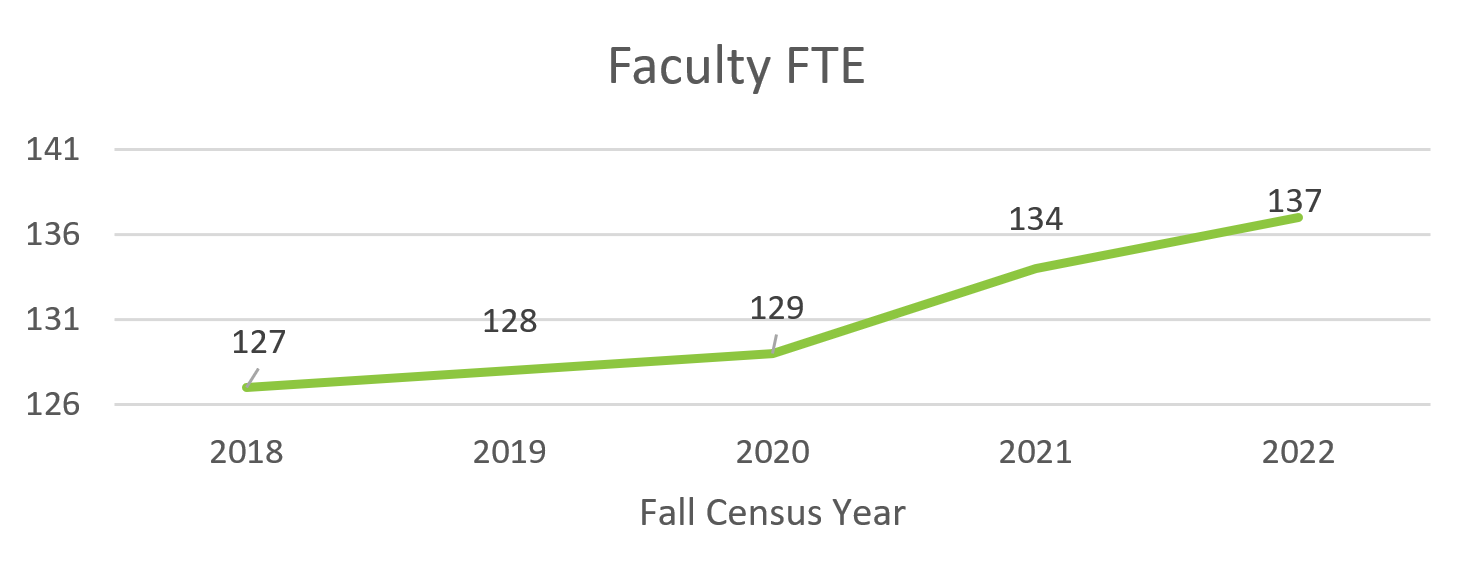The Office of Institutional Research is committed to serving the College by providing comprehensive data, research, and analytic services to support administrative planning and constituencies across the Lake Forest College community.
To accomplish this commitment, the duties of the Office of Institutional Research include but are not limited to: collecting, analyzing, interpreting, and sharing data with the Lake Forest College community; preparing analysis against trends and peers; supporting research and survey administration efforts on-campus; coordinating external data submissions; coordinating campus-wide surveys of students, staff, and faculty; and supporting assessment activity at the College.
Common Data Set
The Common Data Set (CDS) is a part of a national, collaborative effort among data providers in the higher education community and guidebook publishers to make information sharing more efficient and to provide clear, standard data definitions to attain higher quality and more accurate information. Data items and definitions in the CDS are typically determined by the U.S. Department of Education based on their use in its higher education surveys. The CDS is reported and updated annually. Files detailing the CDS for the last three academic years are listed below.
Common Data Set 2024-2025 (PDF)
Common Data Set 2023-2024 (Excel Download)
Common Data Set 2022-2023 (Excel download)
Retention Rates
Official 1st-to-2nd year retention rates for the cohort of first-time, full-time undergraduate students entering in the respective fall semester.
Students were counted as having retained from their 1st-to-2nd year if they were an active student as of their entering cohort's respective fall census and were an active student as of their second year's fall census. For example, a first-time, full-time undergraduate student who entered in Fall 2018 and was an active student as of the following Fall 2019's census would count as part of the 2018 cohort's 1st-to-2nd year retention rate.
 Retention Rates: 2019: 85.7%, 2020: 87.3%, 2021: 85.1%, 2022: 86.3%, 2023: 89.9
Retention Rates: 2019: 85.7%, 2020: 87.3%, 2021: 85.1%, 2022: 86.3%, 2023: 89.9
Graduation Rates
Official 6-year graduation rates for the cohort of first-time, full-time undergraduate students entering in the respective fall semester.
Students were counted as having graduated within the 6-year timeframe if they were an active student as of their entering cohort's respective fall census and completed their degree by the end of the August 6 years from when they matriculated. For example, a first-time, full-time undergraduate student who entered in Fall 2013 and graduated from Lake Forest College by August 2019 would count as part of the 2013 cohort's 6-year graduation rate.
 Graduation Rates: 2014: 75.2%, 2015: 73.0%, 2016: 77.8%, 2017: 70.4%, 2018: 77.8%
Graduation Rates: 2014: 75.2%, 2015: 73.0%, 2016: 77.8%, 2017: 70.4%, 2018: 77.8%
Pell Graduation Rates
Official 6-year graduation rates for the cohort of first-time, full-time undergraduate students entering in the respective fall semester who received a Federal Pell Grant.
Students were counted as having graduated within the 6-year timeframe if they were an active student as of their entering cohort's respective fall census and completed their degree by the end of the August 6 years from when they matriculated. For example, a first-time, full-time undergraduate student who entered in Fall 2013, received a Federal Pell Grant, and graduated from Lake Forest College by August 2019 would count as part of the 2013 cohort's 6-year Pell graduation rate.
 Pell Graduation Rates: 2014: 75.3%, 2015: 72.0%, 2016: 78.9%, 2017: 68.6%, 2018: 76.2%
Pell Graduation Rates: 2014: 75.3%, 2015: 72.0%, 2016: 78.9%, 2017: 68.6%, 2018: 76.2%
Student FTE
Student FTE (full-time equivalent) refers to the measurement of an institution’s student enrollment when taking into account whether students are attending on a full-time or part-time basis. Specifically, the calculation is all full-time students + (1/3) of part-time students. Thus, for FTE counting purposes, part-time students are weighted at one-third the equivalent of full-time students.
 Student FTE: 2020: 1,558, 2021: 1,666, 2022: 1,716, 2023: 1,793, 2024: 1,820
Student FTE: 2020: 1,558, 2021: 1,666, 2022: 1,716, 2023: 1,793, 2024: 1,820
Faculty FTE
Faculty FTE (full-time equivalent) refers to the measurement of an institution’s faculty size when taking into account whether faculty are working on a full-time or part-time basis. Specifically, the calculation is all full-time faculty + (1/3) of part-time faculty. Thus, for FTE counting purposes, part-time faculty are weighted at one-third the equivalent of full-time faculty.
 Faculty FTE: 2020: 129, 2021: 134, 2022: 137, 2023: 138, 2024: 143
Faculty FTE: 2020: 129, 2021: 134, 2022: 137, 2023: 138, 2024: 143
Contact Us
Kyle Diep
Director of Institutional Research
North Hall, Room 202
Middle Campus
diep@lakeforest.edu
847-735-5035

